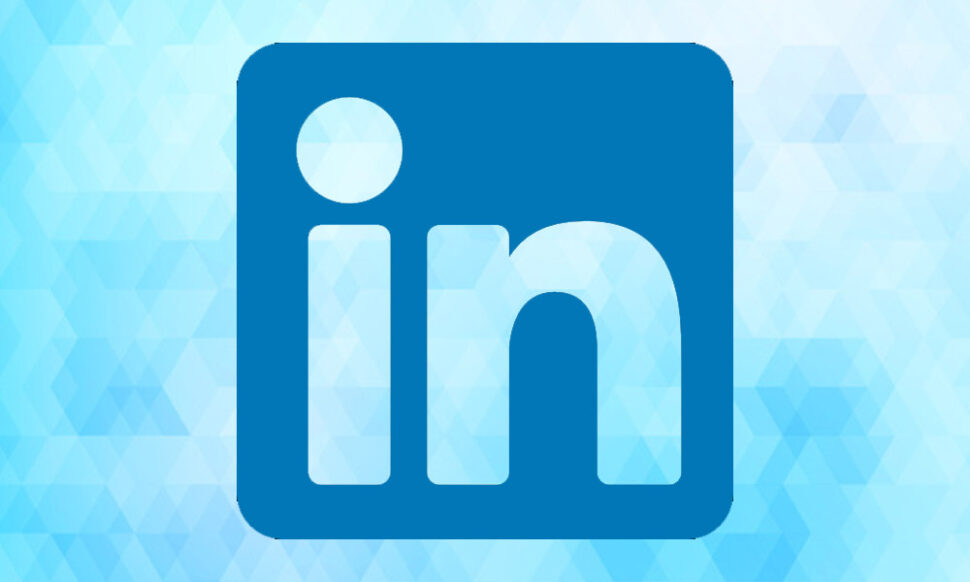As the world’s largest professional networking platform, LinkedIn has become an essential tool for professionals to connect with others in their industry and showcase their skills and expertise. A strong LinkedIn profile can open doors to new job opportunities, partnerships, and other professional collaborations. In this article, we’ll provide you with tips and best practices to help you build a strong LinkedIn profile.
1. Use a Professional Profile Picture
The first thing that people will notice when they come across your LinkedIn profile is your profile picture. Therefore, it’s crucial to have a professional headshot that presents you in a positive and professional manner. Avoid using casual or inappropriate photos, and make sure that the image is high-quality and well-lit. You don’t necessarily have to hire a professional photographer to take your picture, but it’s worth investing some time and effort into taking a quality photo that showcases your professionalism.
2. Create a Compelling Headline
Your headline is one of the most important elements of your LinkedIn profile, as it’s the first thing that people see after your name and profile picture. Your headline should be attention-grabbing and describe your current professional position or industry. Avoid using vague or generic phrases like “marketing professional” or “sales manager.” Instead, use specific language that accurately describes your role and the value that you bring to your industry.
For example, instead of using “Marketing Manager,” you could use “Experienced Marketing Manager Specializing in Digital Marketing Strategy and Analytics.” This headline tells the viewer more about your experience and skills, making it more likely that they will want to learn more about you.
3. Write a Strong Summary
Your summary is one of the most important parts of your LinkedIn profile. It’s an opportunity to showcase your skills, achievements, and experiences, and to tell your professional story. Your summary should be clear and concise, and should include relevant keywords that will help you appear in search results. Here are some tips for writing a strong LinkedIn summary:
- Start with a strong opening statement that describes your professional background and your current position.
- Highlight your key skills and areas of expertise, and use specific examples to showcase your experience.
- Use bullet points to break up the text and make it easier to read.
- Avoid using industry jargon or technical terms that may be unfamiliar to people outside of your industry.
- Keep your summary up-to-date with your latest experience, skills, and accomplishments.
Remember, your summary is not the place to list every job you’ve ever had or every skill you possess. Instead, focus on the most relevant and impressive experiences that will help you stand out to potential employers or connections.
4. Highlight Your Experience
Your work experience is another critical component of your LinkedIn profile. Your work history should be listed in reverse chronological order, starting with your current or most recent job. For each job, make sure to include your job title, company name, and the dates of your employment. In addition, use bullet points to describe your responsibilities and accomplishments in each role.
When listing your accomplishments, try to focus on the specific impact that you had on the company or organization. For example, instead of saying “Managed a team of marketing professionals,” you could say “Managed a team of 5 marketing professionals, resulting in a 20% increase in website traffic and a 15% increase in lead generation.” Specific and measurable accomplishments help showcase your skills and experience, and make you stand out to potential employers or connections.
5. Showcase Your Education and Certifications
Your educational background, degrees, and certifications are also important components of your LinkedIn profile. List your educational background in reverse chronological order, starting with your most recent degree. Include the name of the institution, the degree or certification, and the dates of attendance or graduation.
If you have relevant certifications, such as a Certified Public Accountant (CPA) or a Project Management Professional (PMP) certification, make sure to include them on your profile as well. Certifications can help demonstrate your expertise and commitment to your field, and may set you apart from other candidates when applying for jobs or seeking new connections.
6. Request Recommendations and Endorsements
One of the great things about LinkedIn is that it allows you to showcase your skills and expertise through recommendations and endorsements from other professionals in your network. Recommendations are written statements from people who can vouch for your skills and accomplishments, while endorsements are quick clicks of approval for specific skills listed on your profile.
To request recommendations, reach out to colleagues, supervisors, or other professionals in your network who can speak to your skills and experience. Be specific in your request, and provide them with some context or talking points to make it easier for them to write a meaningful recommendation.
To get endorsements, make sure to list your relevant skills on your profile. You can also endorse other professionals in your network, which may encourage them to return the favor and endorse your skills in return.
7. Engage with Your Network
Finally, building a strong LinkedIn profile is not just about the content you create and post on your profile – it’s also about engaging with your network and building relationships with other professionals in your industry. Here are some tips for engaging with your network on LinkedIn:
- Connect with other professionals in your industry or related fields.
- Share relevant content, such as articles or blog posts, that showcase your expertise and interests.
- Comment on posts or articles that you find interesting, and engage in conversations with other professionals in your network.
- Join groups related to your industry or interests, and participate in discussions or networking events.
- Send personalized messages to your connections to stay in touch and build stronger relationships.
Engaging with your network on LinkedIn can help you expand your reach and build new relationships that can lead to new job opportunities or collaborations.
In conclusion, building a strong LinkedIn profile is essential for professionals who want to showcase their skills and expertise, expand their network, and open doors to new opportunities. By following the tips and best practices outlined in this article, you can create a profile that highlights your strengths, experience, and accomplishments, and positions you as a valuable asset in your industry.





